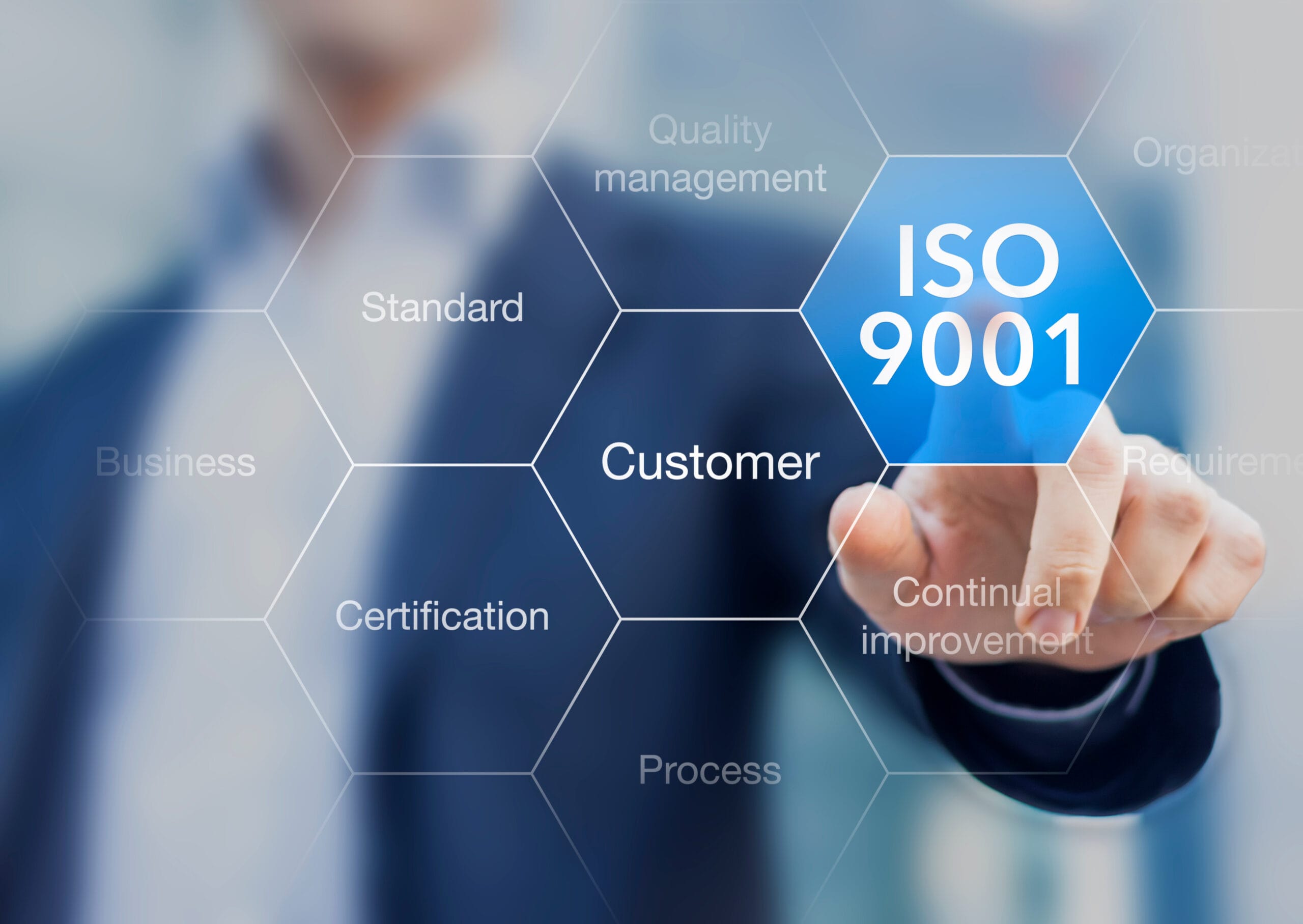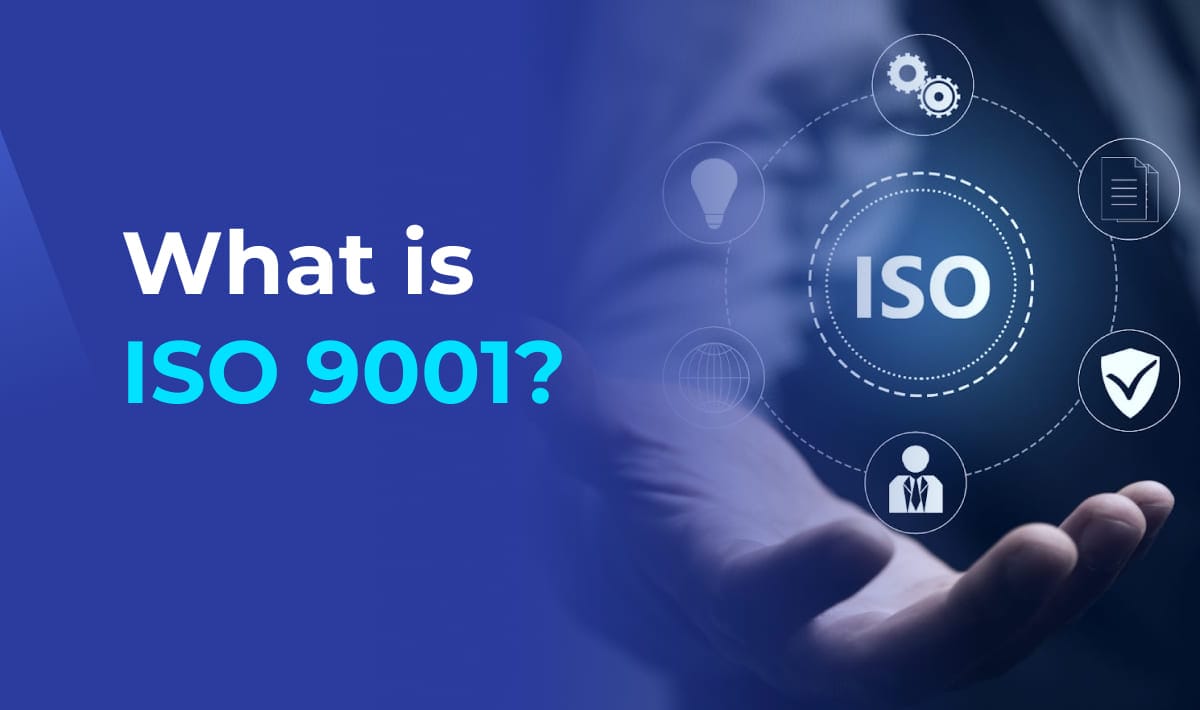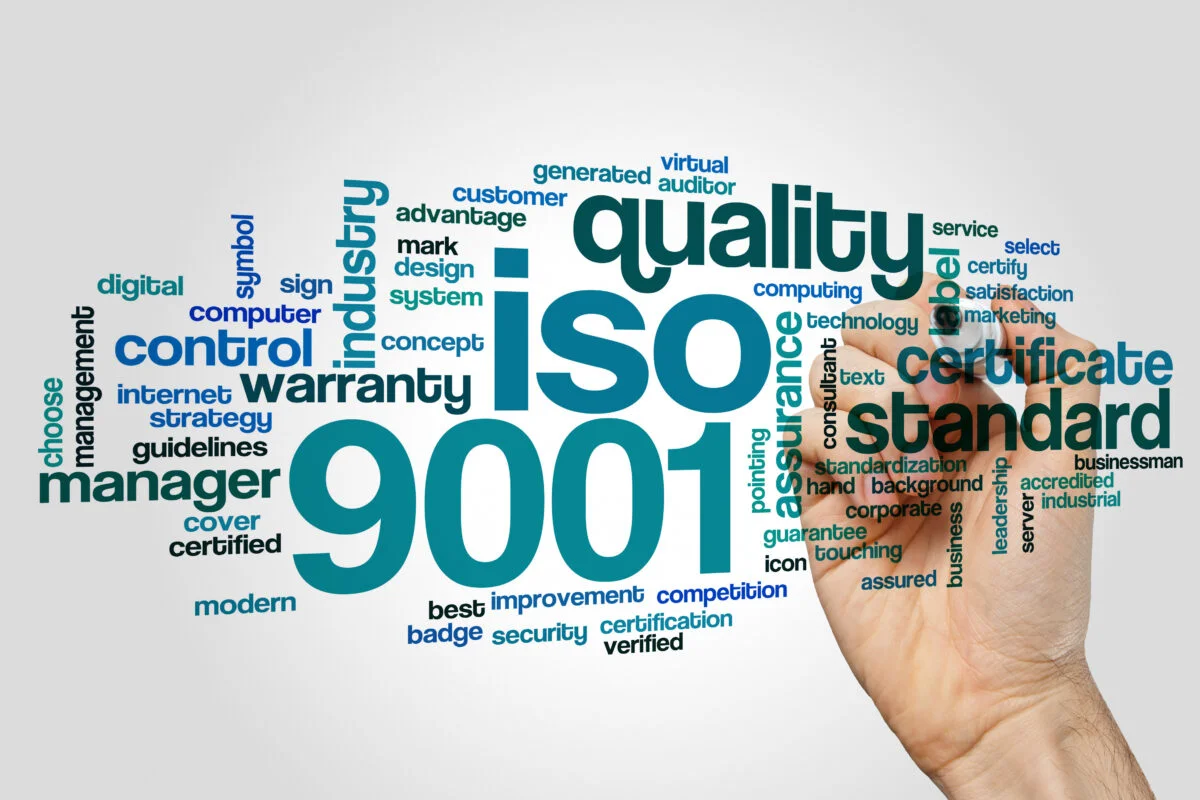
WHAT ARE THE STEPS TO GET ISO 9001 CERTIFICATION ?

THE SEVEN QUALITY MANAGEMENT PRINCIPAL ARE :
- Customer focus
- Leadership
- Engagement of people
- Process approach
- Improvement
- Evidence-based decision making
- Relationship management
Based on priority the principles are carried out and each principle varies according to the organisation scope and activities because every process will change over time.
More about ISO 9001 Certification:

Implementing ISO 9001: A Practical Approach to Quality Management
Implementing the ISO 9001 standard isn’t just about creating a complex set of procedures. It’s about establishing a flexible, practical, and effective management system that suits any organization. With the right knowledge, employee involvement, and support from top management, organizations can drive improvement across all areas of their operations.
An effective Quality Management System (QMS) helps organizations focus on critical business areas, enhancing efficiency and productivity. The processes developed as part of this system form a strong foundation that supports growth, boosts profitability, and enhances customer acquisition and retention.
The PDCA Cycle: A Core Element of ISO 9001
To implement and maintain effective processes, ISO 9001 promotes the use of the Plan-Do-Check-Act (PDCA) cycle. Originally developed by Walter Shewhart and popularized by Edward Deming, the PDCA cycle provides a structured framework for continuous improvement and change management.
Here’s what each stage of the PDCA cycle involves:
Plan: Define objectives for your processes and systems to ensure expected results.
Do: Implement and manage what has been planned.
Check: Monitor and measure the results against objectives, policies, and requirements.
Act: Take corrective actions to continually improve process performance.
The PDCA cycle supports a continuous improvement mindset and encourages risk-based thinking at every stage, helping organizations respond proactively to change and challenges.

Key Benefits of ISO 9001 Certification
Enhanced Reputation: ISO 9001 certification can improve your organization’s reputation and increase opportunities to win contracts and tenders—especially with government entities and large corporations.
Increased Credibility: Certification signals to customers and suppliers that your organization meets internationally recognized quality standards.
Improved Customer Satisfaction: A well-implemented QMS helps ensure products and services consistently meet customer expectations.
Better Decision Making: By identifying issues within processes early, your organization can respond quickly and effectively to prevent recurring mistakes.
Stronger Process Integration: ISO 9001 promotes the integration of various business processes, improving coordination and efficiency across departments.
Conclusion
Choosing to implement ISO 9001 and pursue certification is a wise strategic decision. It not only improves internal performance but also enhances your organization’s credibility and competitiveness in the marketplace.
